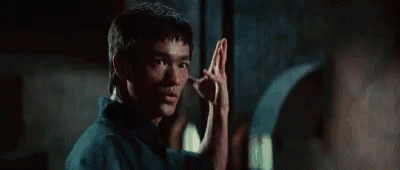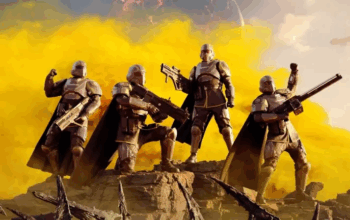There are numerous TV shows that are defined by their style, whether it’s their action, their themes, or their setting. There are, however, even more, that flew under the radar only to be supported by a strong following. One of these shows is the Cinemax-produced martial arts period piece, Warrior. In spite of its rather dull title (i can think of at least three other “Warrior”s made in the past decade alone), it is a series that is criminally underrated.
The Set-Up
“This is a land of opportunity – just not where you think.”
Based on the writings of Bruce Lee and produced by his daughter, Shannon Lee, this series follows Ah Sahm (Andrew Koji), a Chinese immigrant of American descent arriving in 1870s San Francisco/Chinatown on a quest to find his long-lost sister, Mai Ling (Dianne Doan). To do this he gets himself involved in the domain of the Chinese crime syndicates known as Tongs.
Much to his horror, Ah Sahm finds his sister not only be the bride of a rival crime lord – but is very much running the show. With the siblings on the opposite sides of the Tongs’ war, Ah Sahm struggles to find a new purpose in an unwelcoming country. In the meantime the has been a major shift in America as tensions between growing Chinatown and the rest of the city have been reaching a boiling point with a series of murders blamed on Chinese organized crime.
At the time of this writing, a third season has yet to be released but it’s clear these events are playing out are foreshadowing the Chinese Exclusion Act of 1882, a widely “forgotten” blight on American history that effectively banned Chinese immigration and heavily taxed those who stayed. It was one of the only laws that not only discriminated against but banned an entire race from entering American shores.

A Struggle of Race and Class
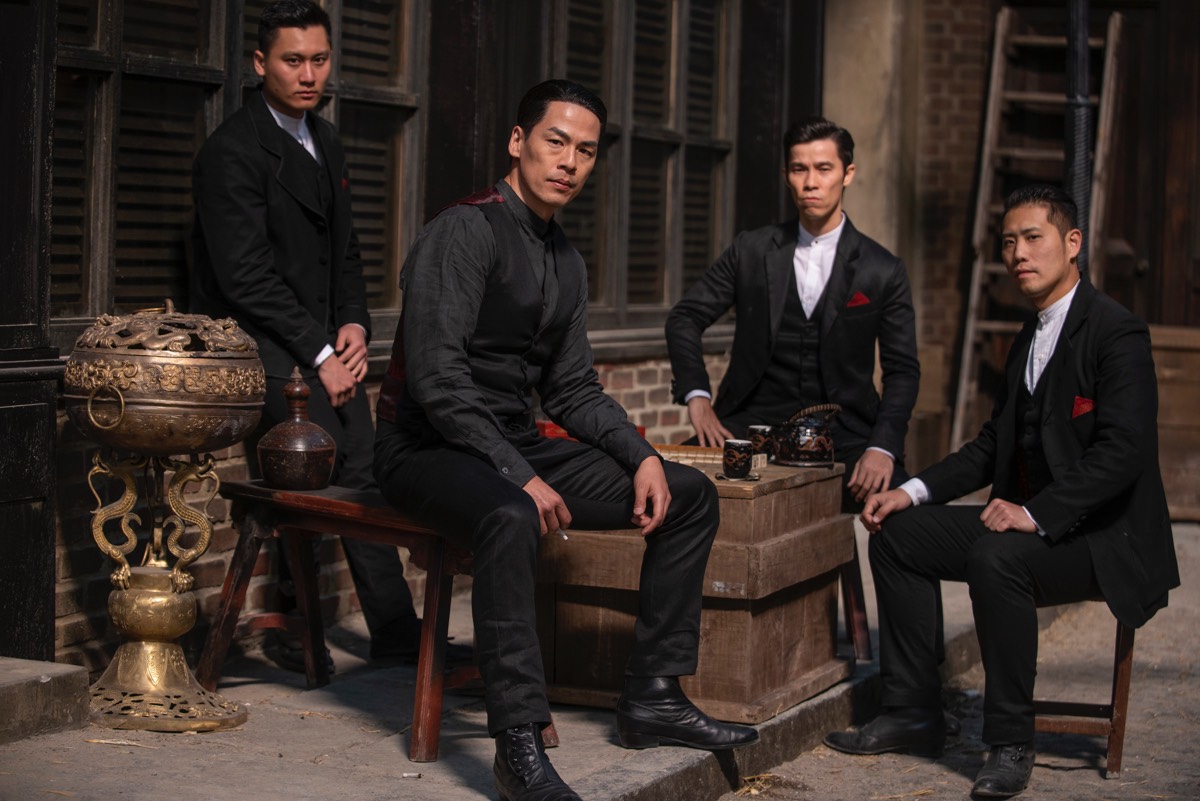
The major selling point is its characters and how they are a clear allegory for different backgrounds and struggles.
Ah Sahm himself is something of a blank slate (really, the Bruce Lee stand-in), but makes up for it with his dynamic with both his fellow and rival gangsters – especially his friendship with Young Jun, son of the leader of the Hop-Wei gang. Ah Sahm’s sister, Mai Ling, leads the opposing Tong, the Long-Zii. Their gangs are easy enough to distinguish in that the Long-Zii wear more traditional Chinese clothing and hairstyles while the Hop Wei don more western attire – a clear visual reflection of their competing interests in running Chinatown’s blossoming organized crime circuit.
One element that’s made very clear is the harshness that Chinese immigrants face when coming to America – one that sadly mirrors the Mexican/American immigration struggles of today.
Thousands of Chinese immigrants were sold on the idea of moving to America for a better life and making a profit – when in reality they were only seen as cheap labor to build the railroads. Even the well-off Chinese characters like business owner Wang Chao and brothel-keeper Ah-Toy said they went through years of hardship and exploitation to get to where they are now. Along the way we ultimately meet a cook/innkeeper whose outlook seems to summarize the whole experience: “this is a land of opportunity – just not where you think”.

Needless to say, this show is a prime example of how to push diversity in media. No need to clumsily throw in an outside white person to learn kung fu, no showing how a gun works, no changing a historical person’s skin color to receive brownie points. Just an exploration of Chinese immigration from their perspective.
Meanwhile, in White America
Warrior doesn’t restrict its story to Chinatown, as the series also focuses on a lot of white perspectives from across the socioeconomic spectrum.
The Cops
We have the city police (most of them Irish veterans of the Civil War) who take very little interest in Chinatown’s syndicates – seeing themselves only as “janitors” cleaning up the mess. When they ultimately do form a task force it’s just 4 guys led by a morally gray cop, Bill O’Hara (Kieran Bew). Like many cops, he hates the Chinese but follows orders and does everything in his power to restore order.
The perpetual irony to this arc is that the only non-racist policeman is the southerner from Georga, Richard Lee (Tom Weston-Jones) who serves as something of the moral compass on the cops’ side – but even he falls victim to the corruption being disillusioned between the law and what’s right.
The Irish
You also get whites who are racists for different reasons. Case-in-point we have Dylan Leary (Dean S. Jagger) an Irish mob/union leader who is highly respected among the working class, being a veteran who fought for the Union only to see his people unemployed – as the low-skilled jobs have been taken over by cheaper Chinese labor.
Like a lot of good antagonists he’s given a lot of complexities, but at no point does the series make you sympathize to the point where you side with him. One aspect of his character was in one scene where he stops his Irishmen from ganging up on some passing black people and even allows them a drink. Despite his prejudices, he does keep a code that only those who fight for America deserve opportunity indicates he does have respect for African Americans, who in his eyes fought for and earned their own freedom. Yet after all that, he still tells them to get the hell out of his bar before they “bring trouble”, reminding us that he is still a racist self-serving bastard at his core.
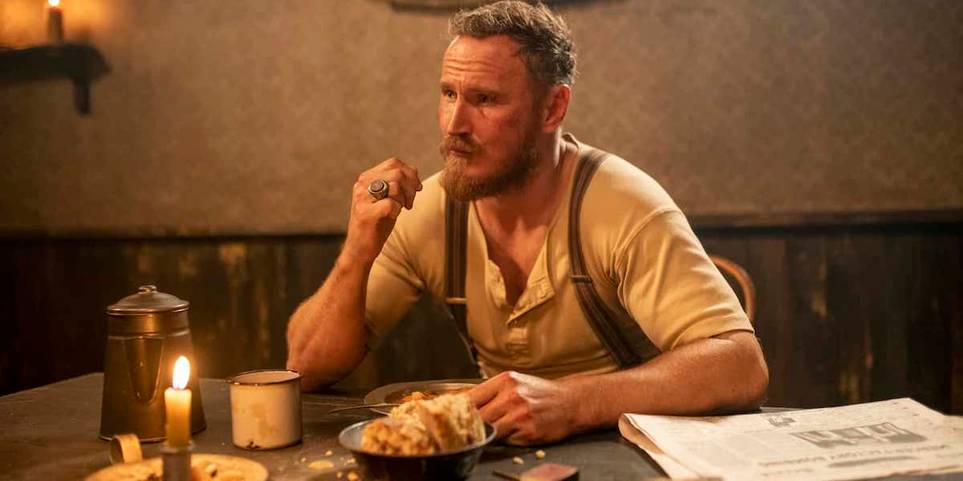
In no way does the show ever make you sympathize with the racists (I don’t think any racist character should be portrayed as sympathetic) but you can at least see where their views are coming from. We do see people who are just hateful for the sake of it, but many people who’ve fallen to racism are for circumstances we relate to. As an Irishmen, being part of another minority that is not respected by other Americans has put a massive amount of standards for Leary and his kinsmen to overcome.
The Elite
It is when we get the perspective of the upper city classes that we are given a glimpse of the real villains of the show.
From the city’s elites, we see Mayor Blake (Christian McKay) and his deputy mayor, Walter Buckley (Langley Kirkwood), navigate the city’s socioeconomic and political divide. Like lots of political intrigues, Blake focused on getting re-elected on a racist ticket, but can’t openly denounce Chinese immigration for the risk of alienating his industrial sponsors (who are quite happy exploiting the cheap labor). At the same time, Buckley is doing the real governing pushing anti-Chinese legislation while clandestinely working with Mai Ling’s gang in the opium trade. It’s very Game of Thrones-esque with how they frame these conversations.
We also see several women that try to make a difference in a male-dominated world like Penelope (Joanna Vanderham), who’s in a sham marriage with the Mayor as a contract exchange for her father’s steelwork company.
She also develops a fling with Ah Sahm that’s a bit random, but they don’t drag it out. Penelope taking over her father’s company may seem strange to some since women back then still didn’t get the vote, but there have been several women in history that have taken over management by their late husbands and Fathers such as Elizabeth Jarvis Colt who took over her husband’s famous gun manufacturer company.
The Politics
Despite how cartoonish some of the elite antagonists are, In truth, the real villain isn’t racism or scheming politicians, but economics. There is even a subplot where Penelope’s father took it upon himself to attempt to hire only white working Americans. But finds himself out-competed by the other steelworks because of the hire of cheap Chinese labor. It’s a minor detail that really shows the bitter reality of industrial monopolies back then as they do today only seek profit regardless of labor quality so long as it’s cheap.
Did We Mention Martial Arts?
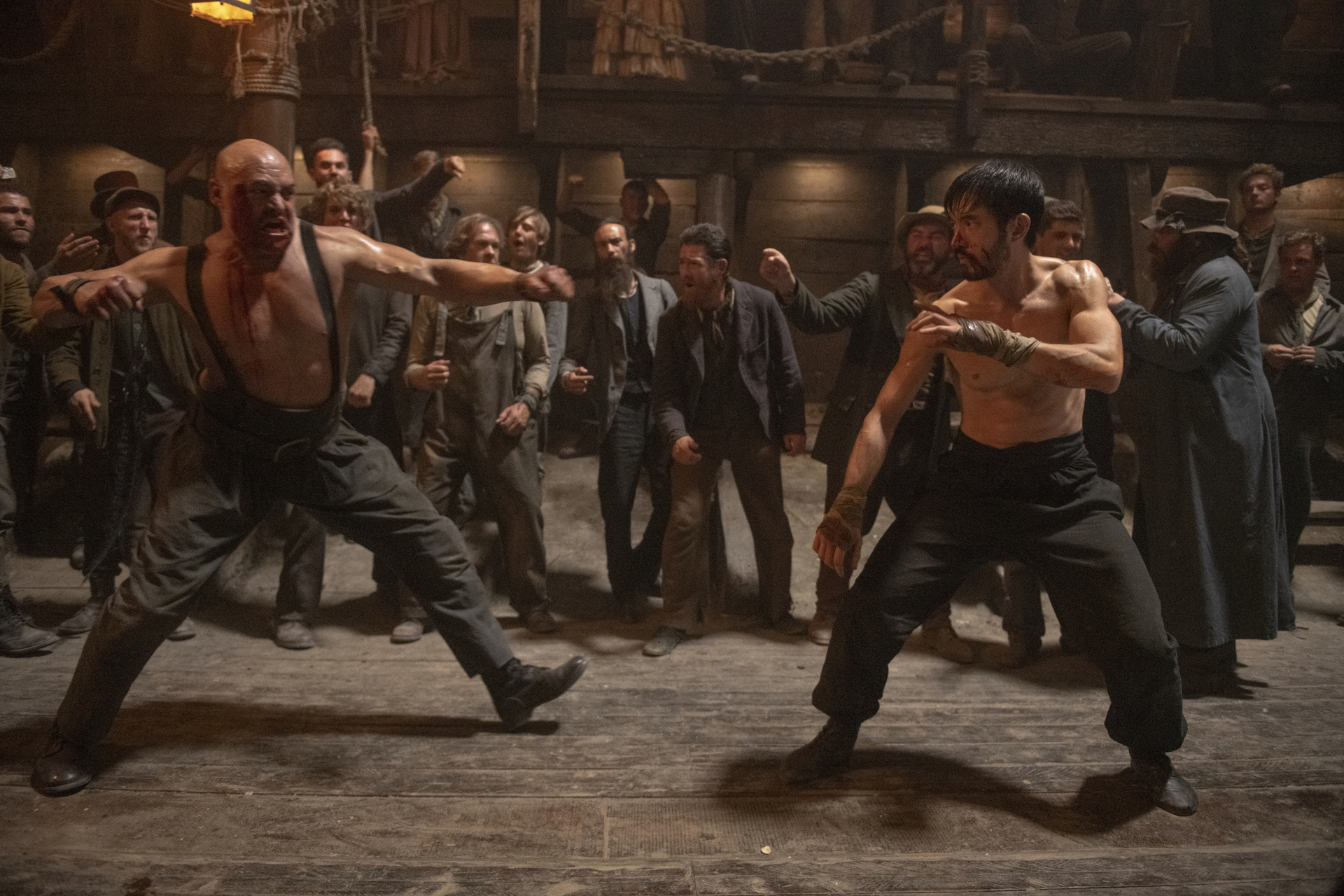
Despite the themes discussed, Warrior is still first and foremost a martial arts series. Intrigue and setting aside, this is where the show’s true strength lies.
Like any film with a great fight sequence, it is very well shot. Most brawl scenes follow a small number of combatants with an extended sequence of hits-per-cut, so viewers can actually see each individual punch, kick, grapple, parry, and otherwise brutal morsel of choreography. The rapid editing that has plagued modern action films appears only sparingly – usually only for high-budget sequences or with less-trained actors to allow for errors. Everything else is just the product of placing multiple highly trained and talented martial artists doing their thing.
A Violent Aside
EDITOR’S GEEK-OUT:
The fight choreography here really can’t be undersold. It’s brutal, it hits hard, there’s lots of elbows, knees, and bone-breaks. It feels like watching The Raid or anything starring Tony Jaa or Donnie Yen.
Also, as a fan of such “Kung-Fu” movies, I’ve developed my own interest in kickboxing and the violent arts as my preferred means of actually going to the gym. While I’m far from a comparison to anyone mentioned in this article, I’d like to think I’ve learned enough to geek out about the choreographer’s fantastic work here.
First off, there are many individual martial arts in play for the series. Leary and his Irishmen give you brutally hard bareknuckle boxing. The axemen throw in a decent aproximation of Kali. Season 2 even gives us a grappler practicing an early form of jiu-jitsu.However, the real fun is in the main form used by Ah Sahm and his main rivals, which appears to be Jeet Kune Do [JKD]. Invented by none other than Bruce Lee himself, it is a “mutt” art that combines several forms of South Asian arts to provide a brutal end to any fight as quickly as possible (aka: how to get kicked out of any tournament in 5 seconds or less). It is a very fitting homage to the Lee movies of the past, as you can see all of his classic moves in-play. Split-entries, trapping, sectoring, limb destructions, they’re all there. And of course, you can’t have a Bruce Lee-ish production without at least a liberal application of crescent kicks to the head.
– Dirk Hortensius, Editor @ Crude-Mirror.com

A Manufactured Crisis
(Spoilers for Season 2)
One of the show’s climactic moments was the riot in Chinatown. This was based on the San Fransisco race riots of 1877.
This conflict between working-class (mainly Irish) workers and Chinese labor has been boiling since episode one, the grievances were eventually Sparked by the supposed murder of San Fransisco’s Mayor Blake. A manufactured plot point that I, as a bit of a history buff, have a minor gripe about.
Okay, I need to state before I go any further that the riots like the one depicted in season 2 did happen, and I commend the filmmakers for not backing down, as it was a brutal scene to watch. This also leads to an epic scene where the rival Tongs set aside their grievances to kick white butts out before the real police arrive.
Soo… What’s the Problem?
The only problem I have is the spark depicted in the series – the murder of Mayor Blake.
Blake, who has thus far been portrayed as a politically incompetent fop, has a violent altercation with his wife – only to be fatally interrupted by her Chinese assistant who hits Blake in the head with a fire poker.
From the narrative perspective, I understand the urge to create drama – but it has to be done in a way that doesn’t compromise historical accounts. My problem was the plot point that started this fiasco with the murdered mayor seemed too manufactured to fit in a historical setting.
One can argue that the show is historical fiction and is allowed to put its own spin on the setting. In the same way, Spartacus and The Tudors made certain changes to characters and events for the understandable purpose of entertainment. However, I believe there needs to be a limit to “creative liberties”, especially when tying into “real” events where very real people are killed. Frankly, had this show been in our universe and San Francisco’s mayor was actually murdered by a Chinese immigrant in a Reconstruction-era America ready to pass the Chinese Exclusion Act, I think it would have been reported in every newspaper in the country. In my own research, I have not been able to read any material about any elected official being murdered by a Chinese man from that era.
This is a cliche that I’d wish to see make its exit from mainstream media, even if trying to teach a solid anti-prejudice message the hard way. In the Amazon series Carnival Row, the writers elected to move the plot forward by having the head of state randomly murdered by a member of the extremist minorities, which creates a false impression that every social injustice is caused by an assassination of an important guy. As a somewhat extreme counter-example: Imagine If someone made a movie about 1930’s Germany and they added a plotline where President Hindenburg was murdered by a Jewish man and this was portrayed as Hitler’s justification for the Holocaust. That may not be a fair comparison, but that’s the kind of “make stuff up to push your message” that I have a problem with shows about historical prejudice.
The Struggle Continues

Questionable plot decision aside this is It does reveal a dark period in American history that needed to be told. The tensions explored in the show have also been observed today sadly because of covid..
One scene that really exemplified what the series was about Asian American struggle was where Ah-Sahm and Ay-Toy discussed whether or not it’s worth it. Ah Toi responds that they are always going to lose, but the goal is that they would be for them to be recognized as citizens, even if it’s something that would take 80 years to recognize.
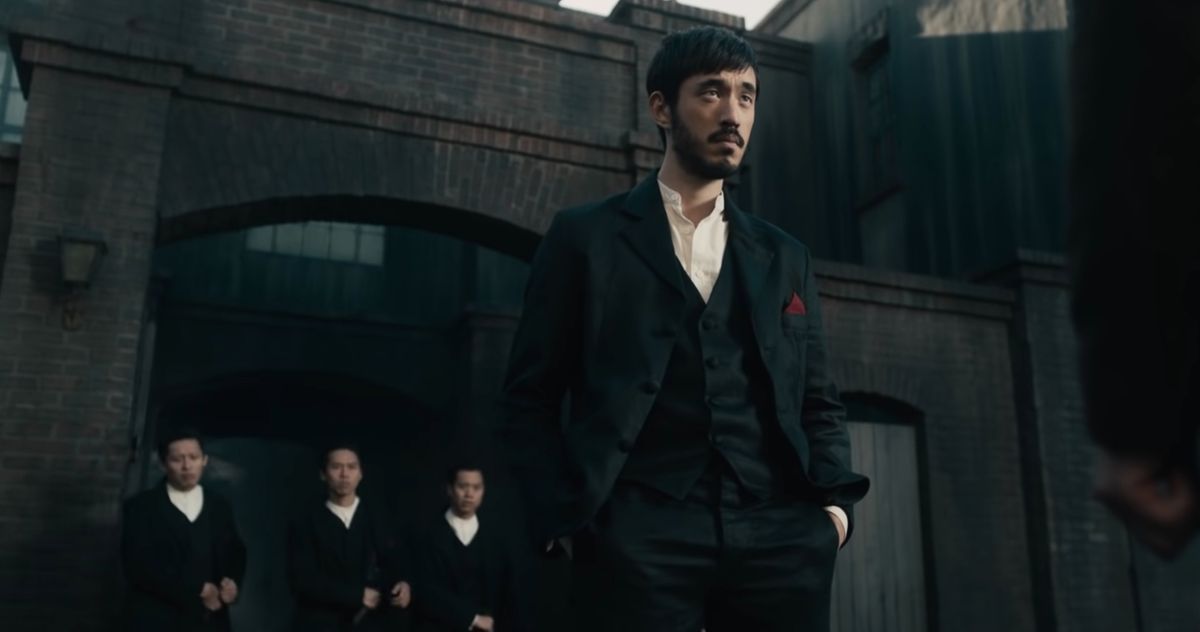
Despite being a martial arts series the themes and parallels to today are undeniable. Anti-Asian sentiment has surged rapidly during Covid which considering the production started before the pandemic, it’s eerily prophetic. Only recently has films TV shows started to give positive Asian representation in mainstream media. These aren’t just generic side characters, but actually leading roles in their own story with no need for outsiders’ perspective (I’m looking at you, The Last Samurai). This series sets the tone from its opening scene. Asian discrimination, much like every other immigrant class in America, was not just mainstream but in vogue – and it wasn’t coded or dog-whistled either – it was flagrantly out in the open.
Moving Forward
Season 2 was left on something of a cliffhanger with some of its characters. This would have left the series somewhat of an awkward position if it was canceled there. For a while, it looked like it would happen as when the second season was airing HBO was acquiring Cinemax. As with a lot of cases, it was not uncommon for popular shows to be canceled after their parent company had been absorbed.
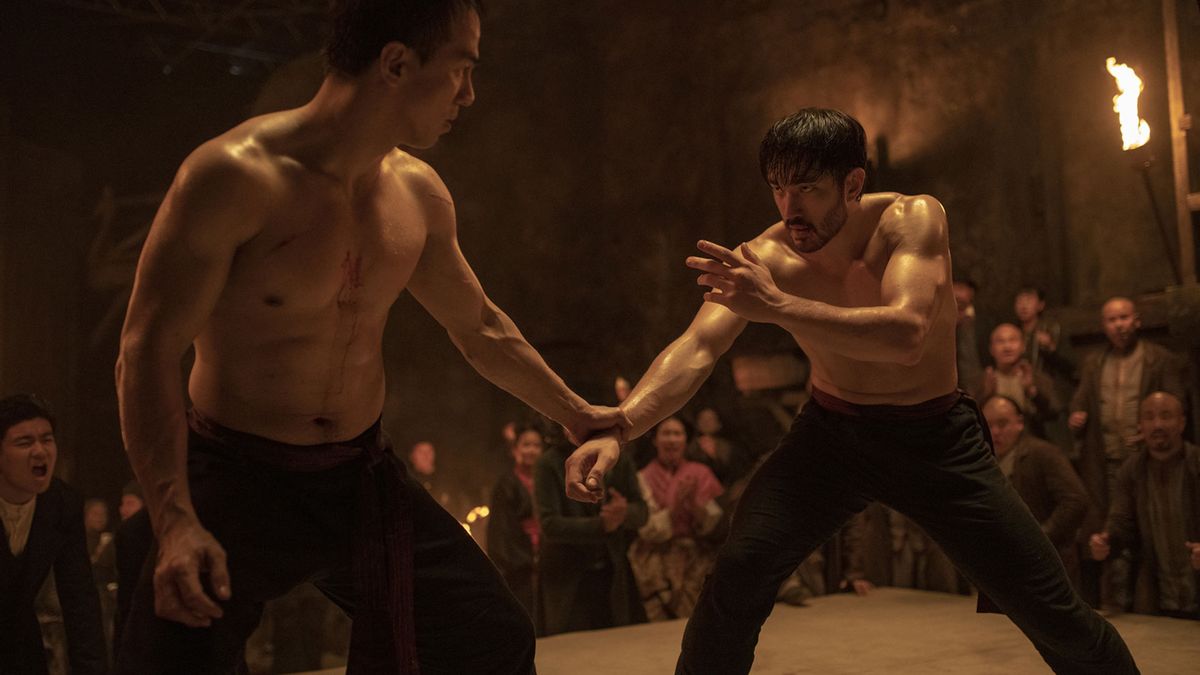
Thankfully the series gained a large following when it was released on HBO Max. Perhaps because of its increased relevance to the current times, It was given the green light for a third season on HBO max exclusively. It’s not a guarantee what the next season will cross into, but it’s likely this next season will delve into the effects of the Chinese Exclusion Act and how the characters inside the country handle that. This is one of the most underrated shows to come out in the past decade and I hope the 3rd season can deliver more badass escapism in these troubled times.
![Warrior – A Generic Title for an Awesome Show [REVIEW]](https://crude-mirror.com/wp-content/uploads/2022/03/cover-2.png)



